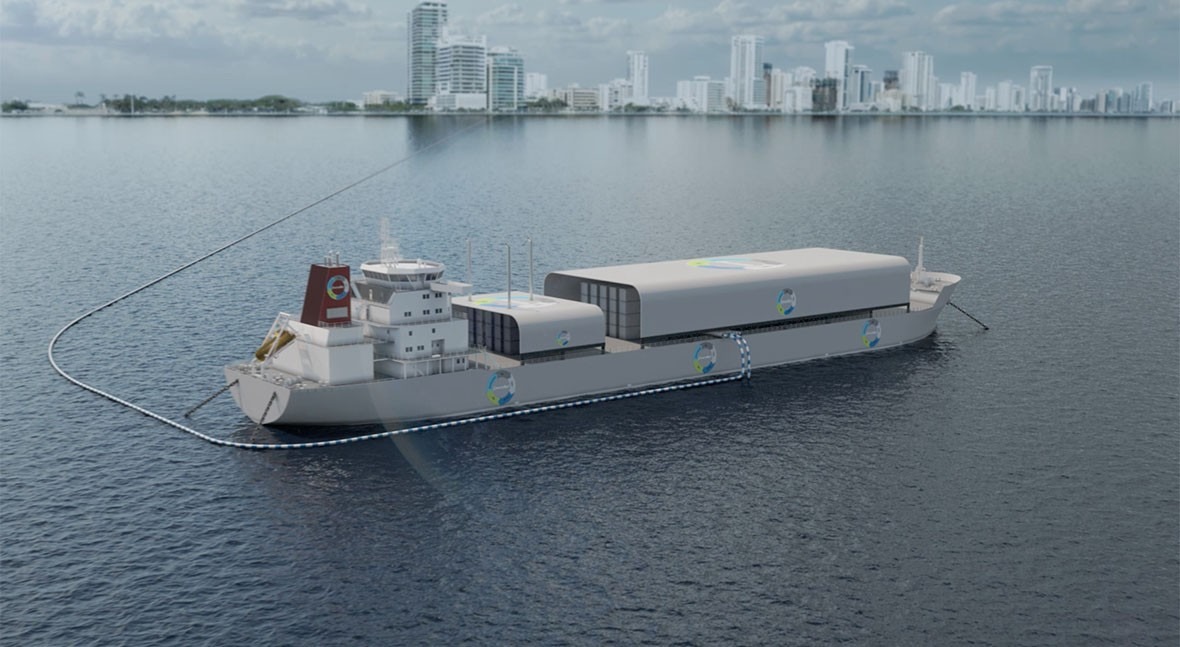Michael Larsen: "The OPEX of floating desalination solutions is lower than for land-based plants"
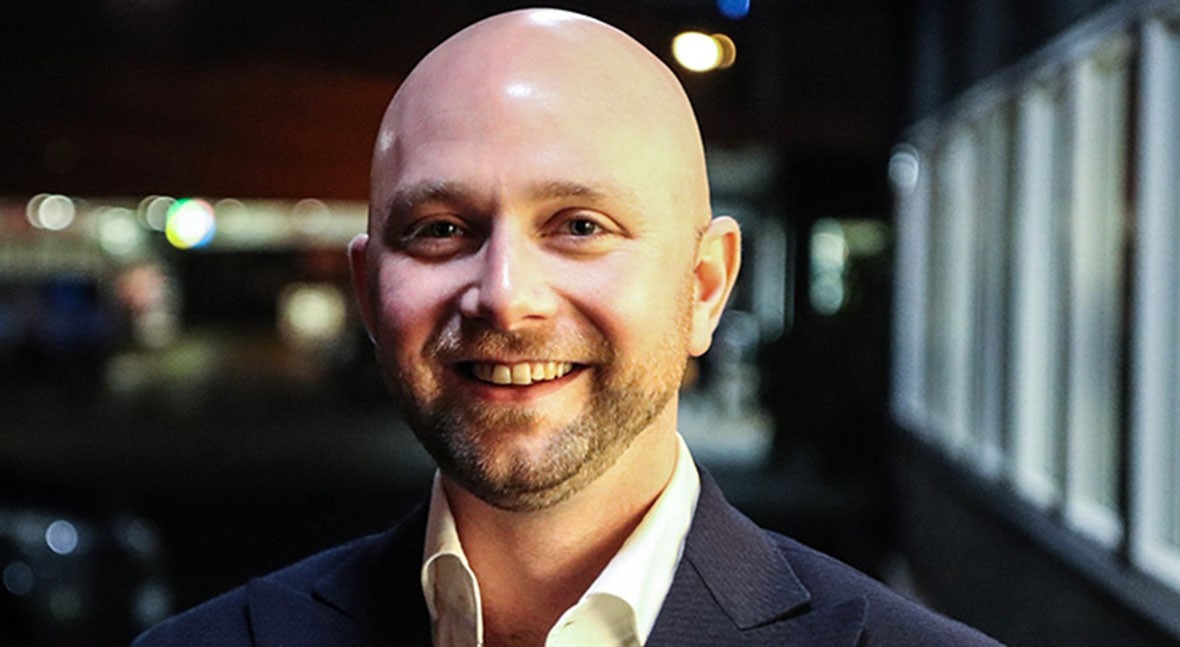
Floating desalination solutions are emerging as a promising option to augment water supplies, offering a series of advantages that include quick deployment and flexibility to adapt to fluctuations in water demand.
In October of last year Mitsui O.S.K. lines, one of the largest shipping companies in the world, signed an MOU with EnviroNor, a Norwegian company that provides disruptive water treatment solutions such as offshore desalination, to discuss collaboration on a Floating Desalination Vessel. Their approach involves converting a used ship into a platform to produce drinking water. In this interview, Michael Larsen, Chairman of the Board at EnviroNor, explains the details of their concept and the benefits it presents.
Please tell us briefly about your career path and your current role at EnviroNor.
I have been in the shipping industry soon to be eight years, and have been through most of the layers within, from demurrage, operations, and insurance to currently as a shipbroker for soon 4 years now alongside my role within EnviroNor. However, it was my father Sigmund Larsen that started with the idea around the EnviroNor solution in 2011. He built up the fundamentals around it in a very innovative and structured way. Unfortunately, he unexpectedly passed away in April 2021; after that happened, I had to take a deep dive into all his work to get detailed knowledge about it in order to be able to bring the EnviroNor solution to the next level.
Floating desalination solutions are superior than land-based plants: more competitive in CAPEX, and more cost-efficient operationally
Therefore, I felt the obligation and honour to step into his role and have made quite a bit of changes on how the structure will be going forward, which I believe will be key to success. Also, I have the great pleasure and liberty to join Mitsui O.S.K. Lines as collaborating partners working towards a common goal: to create a better future for life at sea as well as on land.
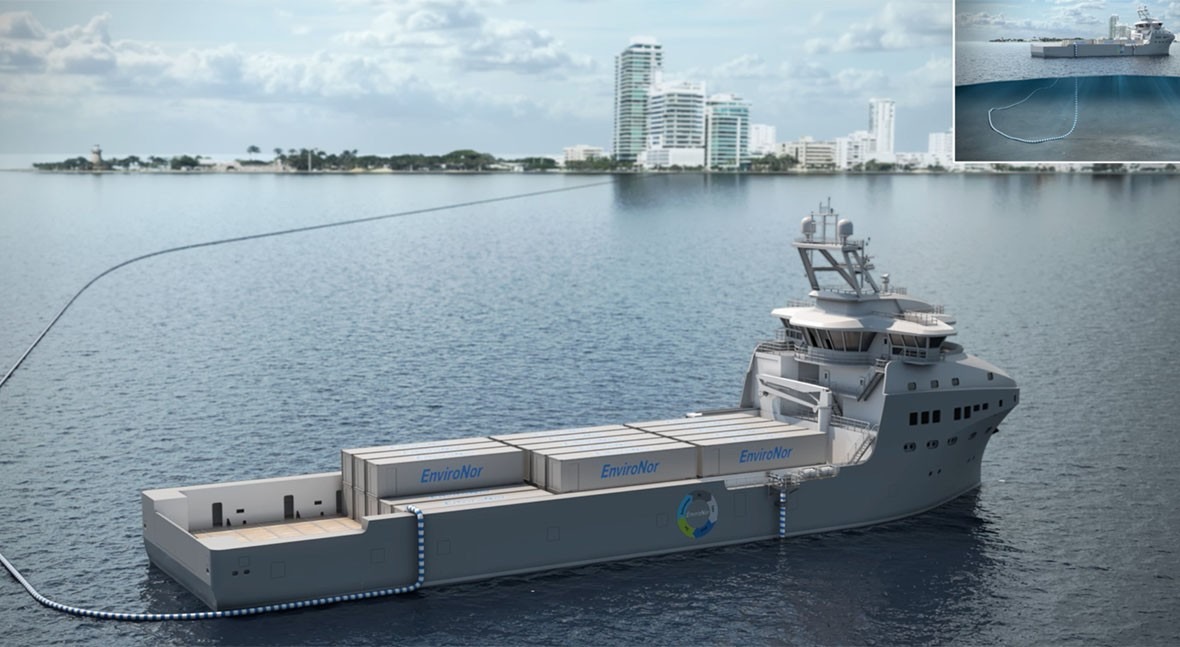
Can you tell us about the collaboration between Mitsui O.S.K. Lines (MOL) and EnviroNor on a Floating Desalination Vessel (FDV)?
With floating desalination, the delivery period is much shorter, there is no land space requirement, and there are energy savings
Kotaro Goto, a seafarer in MOL had applied to an entrepreneurship programme which gives their employees the opportunity to investigate new business possibilities. He wanted to solve social issues by utilizing vessels, and came up with the idea of the floating desalination vessel.
MOL has experience with a Floating Storage and Regasification Unit (FSRU), a Floating Production, Storage and Offloading system (FPSO), and power generation vessels, which are not used for transporting products. Goto thought he can do something similar to produce water, which is already a global issue.
However, MOL did not have experience with entering the water business, so he was searching for a partner, and then found EnviroNor. They were also looking for a solid partner with experience in the ocean, so we both found the best partner, and signed an MoU in October 2022.
How do floating desalination solutions compare to land-based plants?
Floating desalination solutions are far superior compared to land-based plants, not only are they much more competitive in CAPEX, but also, they are more cost-efficient operationally. The most significant elements are, on one hand, that it gives the client flexibility, in the sense that you can actually move the FDV to another location in the country or area where needed; you cannot do that with a land-based solution. On the other hand, the delivery period is much shorter, there is no land space requirement, and there are energy savings in terms of water intake, water supply and drainage, which means it is possible to design it with a low environmental impact.
Let’s take a mining company as an example since they need large amounts of water. They purchase or lease an FDV, and need about 50,000 cubic metres daily production in let’s say Indonesia, but the FDV is only needed for about 5 years, and they have mines located in various places around the world, e.g. South America. After 5 years have passed, they can move the FDV to their mines in South America and keep producing freshwater. The additional advantage is that if there is space for additional capacity on board the FDV, they can increase production to about 75,000 cubic metres and either sell the 25,000 cubic metres to the locals or give the excess freshwater to the community as part of their social responsibility profile. There are numerous options on the table.
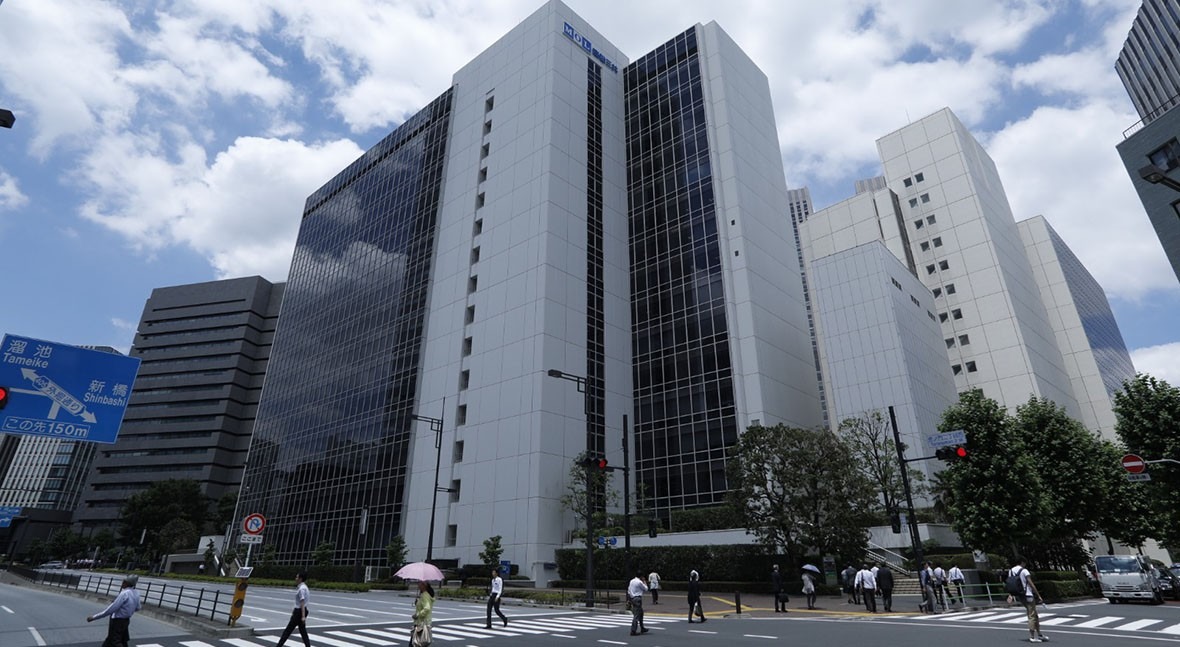
A variety of energy sources can be used for a FDV; the main would be for example VLSFO, MGO, LNG and energy provided from land
In California they just agreed to build the Monterey Desalination Plant, it is going to costs over USD 300 million only in CAPEX and the production capacity is about 9.6 million gallons per day, which is equivalent to about 36,300 cubic metres daily of freshwater. The CAPEX for a 36,300 cubic metres daily FDV would be around USD 40 million.
In Morocco, they are also building a desalination plant on land for 300,000 cubic metres of daily production capacity and the costs are estimated to be USD 1 billion in CAPEX. The CAPEX for a 300,000 cubic metres daily FDV would be around USD 390 million.
What sources of energy can the floating desalination vessel use?
There is a variety of energy sources that can be used for an FDV; the main reliable and easy access energy sources would be for example very low sulphur fuel oil (VLSFO), marine gas oil (MGO), liquified natural gas (LNG) and energy provided from land. The latter can come from a solar plant, windfarm, hydro, or geothermal…it depends really on the geography where the FDV is located and what source is most accessible, as well as on the market. Then in the near future, energy sources would be ammonia, hydrogen, methanol and even possibly nuclear energy, such as molten salt reactors, which are moving forward at a high pace.
The source of energy is up to the client, depending on what they are willing to pay per m3 of water, and their sustainability profile
In addition, I would call add-on sources such as wave, solar and wind energy; however, the latter has been proven the most reliable of them for the time being. It really depends on the pace of technology development in the other industries to reach the same level, and of course, the challenge of ensuring a reliable and constant source of energy.
In conclusion, it is really up to the client that purchases or leases an FDV, depending on what they are willing to pay per cubic metre of water, how easy they can have access to the various energy sources, and what sustainable profile they chose to have.
Can you tell us about the desalination technology used on the vessel? How is the water produced transported to shore and stored?
The technology we use is reverse osmosis, so the technology is well-known in the market today. The water is pumped up from the sea and goes through the various steps in the RO facility. After it has gone through the RO process, it is pumped to shore via a submergible pipeline that is connected to an injection point on land. This is very common in the oil industry, to pump to shore this way, especially in Norway.
What are the environmental costs and benefits of this type of solution to supply fresh water?
Floating desalination solutions are competitive concerning capital expenditure - the CAPEX is significantly lower than for land-based solutions, and the OPEX is also significantly lower than for land-based plants, with 25-33% less energy consumption per cubic metre. They reuse old vessels and extend their lives by between 20-35 years, instead of sending them to scrap.
The pace of development in RO technology is growing faster for modules used on ships compared to the large systems used on land, therefore it will be much easier to change to more efficient technology in order to reduce the environmental impact further. Moreover, they are modular solutions, where capacity can be increased at location while the FDV is in operation, and are flexible regarding the energy source.
Floating desalination solutions are competitive concerning capital expenditure
No land purchase is necessary, and it can be located out of sight if that is what the client needs. Floating desalination is tsunami and earthquake resilient, and easy to mobilize and de-mobilize. Moreover, the deployment time is short, from 6 to 15 months.
They require limited bureaucracy, regulations, labour and permits. They have been verified by DNV (Den Norske Veritas), the world’s largest classification company, and approved by IMO (International Maritime Organization) and MARPOL (International Convention for the Prevention of Pollution from Ships).
These solutions are environmentally friendly and robust, and respond to accelerating climate and social changes, contributing to solving the water scarcity challenge and meeting 17 out of 17 UN’s Sustainable Development Goals. In short, they provide a reliable and affordable water source, superior compared to conventional land-based solutions.
What markets are you initially targeting with the floating desalination vessel?
The global market in general, the water shortage problem is a worldwide challenge that needs to be addressed head-on.
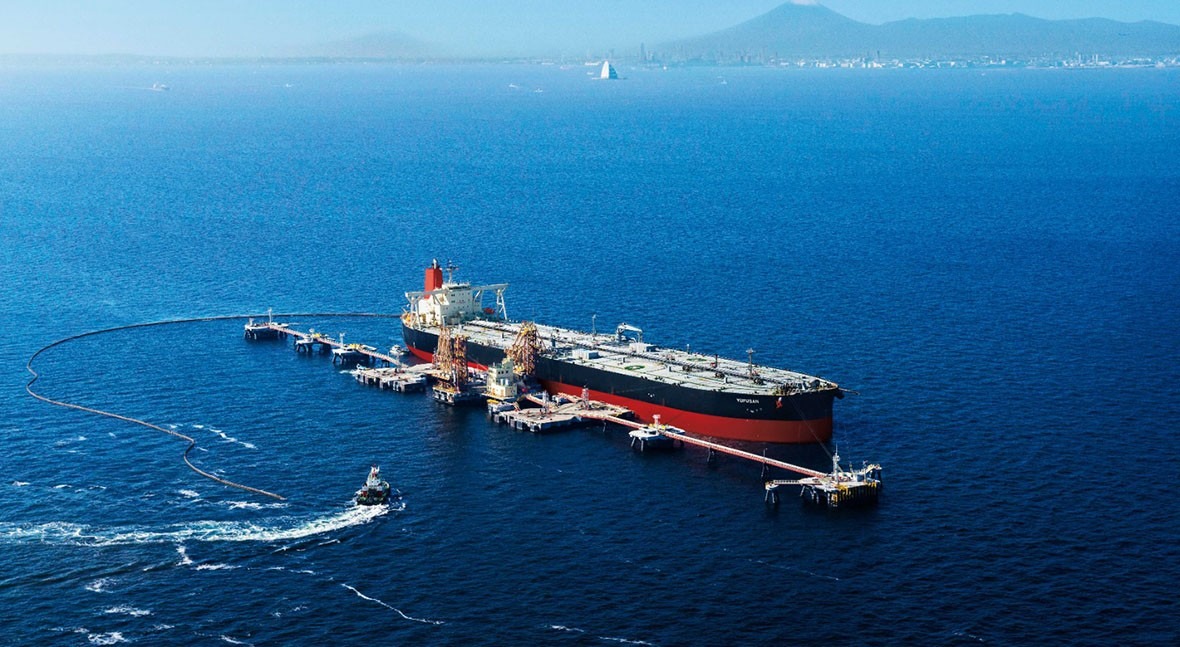
Can you tell us about any projects where the deployment of this type of vessel is planned?
At this stage, we can say that EnviroNor and Mitsui O.S.K. Lines – the 3rd largest shipping company in the world – have extensive knowledge and drive to take part in tackling the climate and social changes in the future. Their experience and track record speak for themselves, and there is a lot of interest and inquiries about our FDV solution. We are certain there will be even more projects to come when people see and understand what a great asset this is for countries, cities, businesses and communities around the globe.




